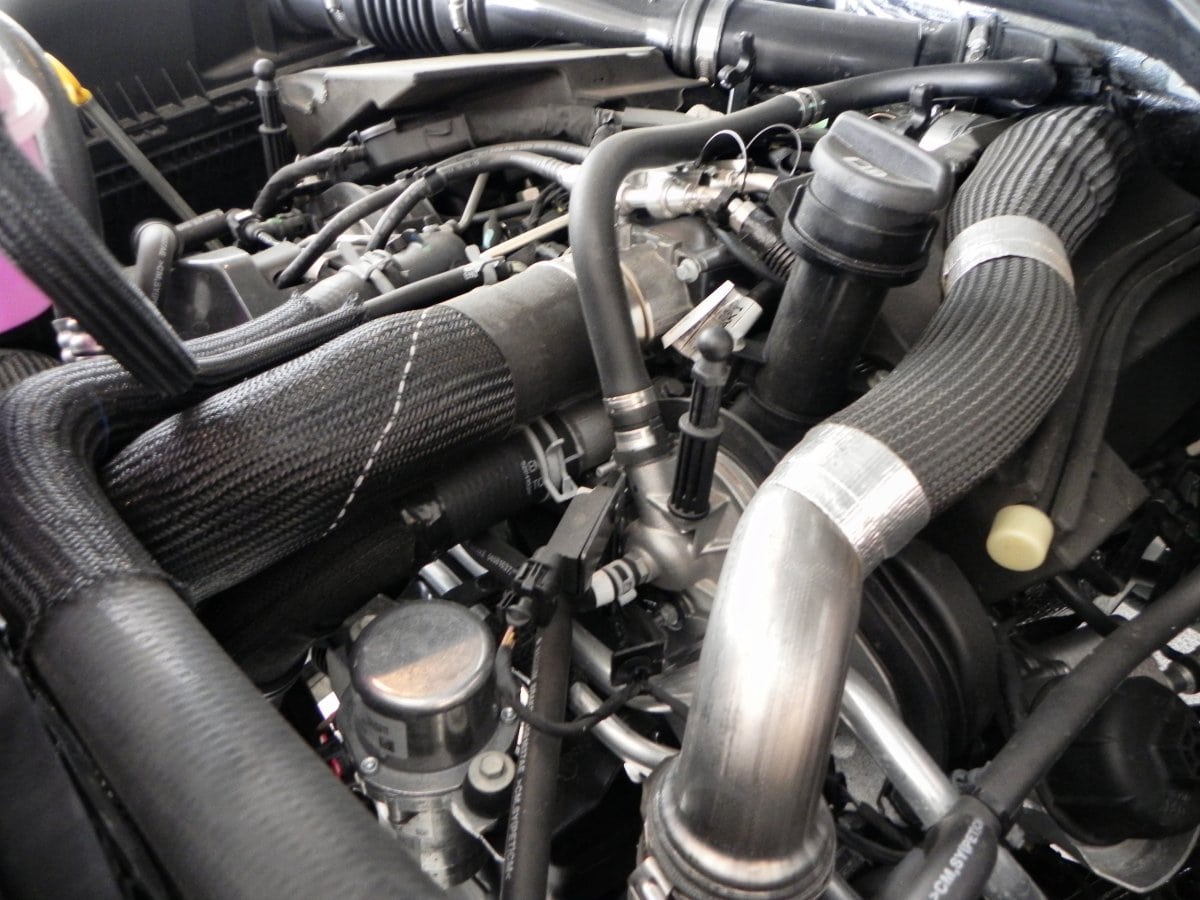When installing a new master cylinder into a car, it’s highly recommended that it be bench bled. This process will take a little extra time on your part, but will save a lot of time and hassles down the road when you go to bleed the rest of the brake system. It also gives you a chance to make sure the moving parts of your new M/C are working before you install it and find out something isn’t right.
The bench bleeding process is relatively easy and straight forward. All you’ll need is a sturdy vice, a new can of brake fluid, wrenches of the proper size to install the master cylinder when you’re done, some spare brake hose or right-sized (clean) tubing (usually included in bench bleeding kits), a small shop level, and a right-sized wooden dowel, blunt metal rod, or large Philips screwdriver (or broken screwdriver shaft) to compress the cylinder. A very large C-clamp may also be helpful, but is not required.
Before you begin, make sure to install everything, including your new master cylinder, on the car. You want to have everything in place and fitting right before you do your bench bleed. That way, you’ll know everything fits, you’ll have all items (and accessories) in place, and you’ll have all of the fittings correctly positioned. Once you have the M/C bled, you need to put it directly onto the car without delay or problems. The longer it takes to install it, the less good the bench bleed will have done you as gravity and shakeup of the cylinder move the fluid around and potentially add air into it.
Now, remove the master cylinder and take it to the bench. Any sort of accessory such as a booster or proportioning valve should be off the M/C for this bleed.
Clamp the master cylinder securely into your vice. Use a small level to make sure it’s perfectly level with the ground. Any dip one way or the other will negatively affect your bleed. Once it’s securely in place, attach lines to the side ports (there will be two or three). On dual ported M/Cs, use just one side. Remove the top of the master cylinder and fill the reservoir with new, clean brake fluid of the proper type. Using zip ties, a small plastic clamp, or the tabs included in the bench bleed kit, place the tubes from the ports into the reservoir (below the fluid level) and lock them in place.
Using your dowel or like tool, push the cylinder in as far as possible and then release it to come back out. Repeat this. The cylinder should get harder and harder to push and should go a little further in each time. Be slow with your strokes. When bubbles stop appearing, you’re done.
Quickly remove the rubber hoses and fittings, put the top of the master cylinder back on, and install the M/C on the car. Once it’s installed and all of the fittings are tight, bleed the rest of your braking system normally.







